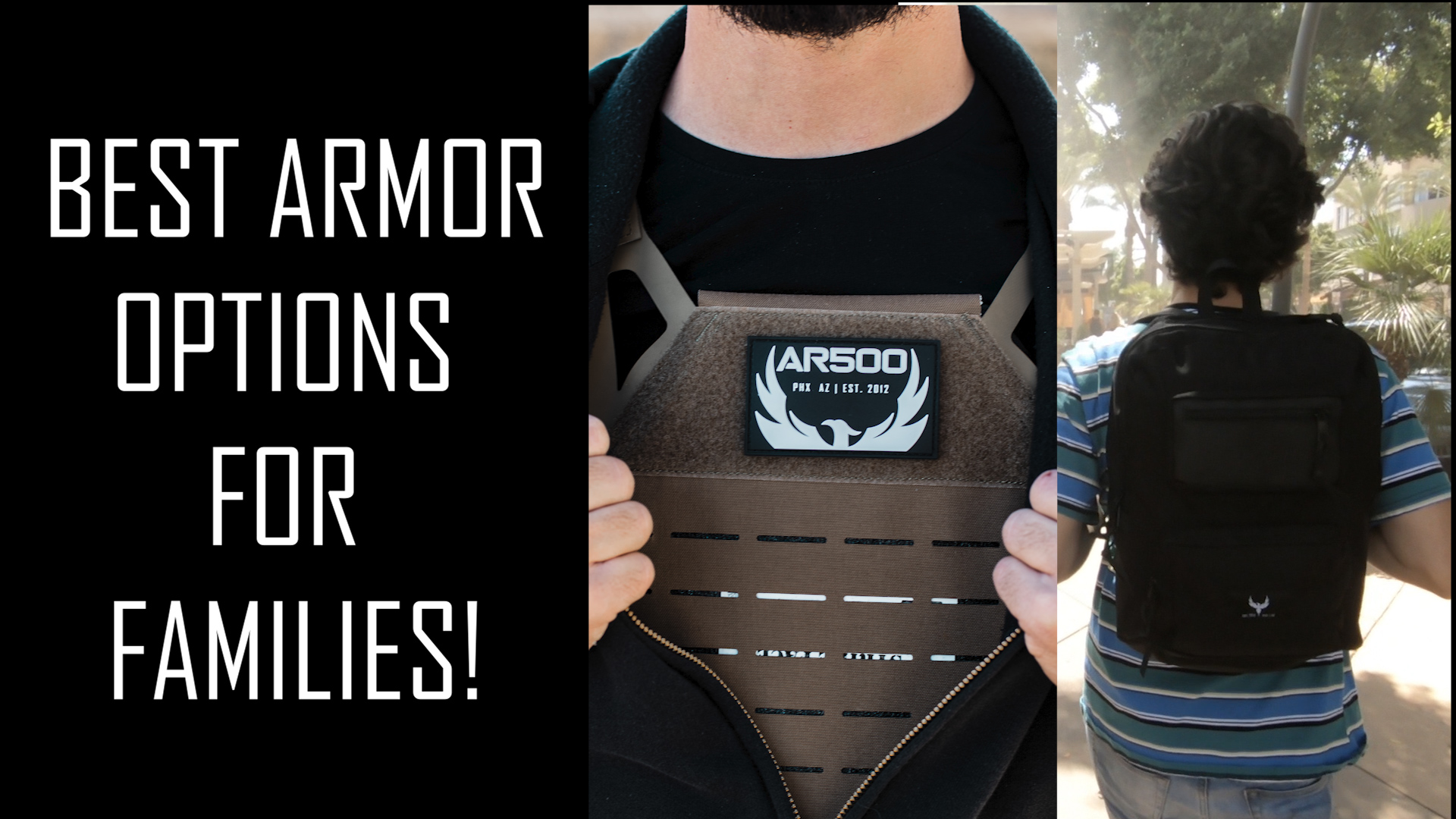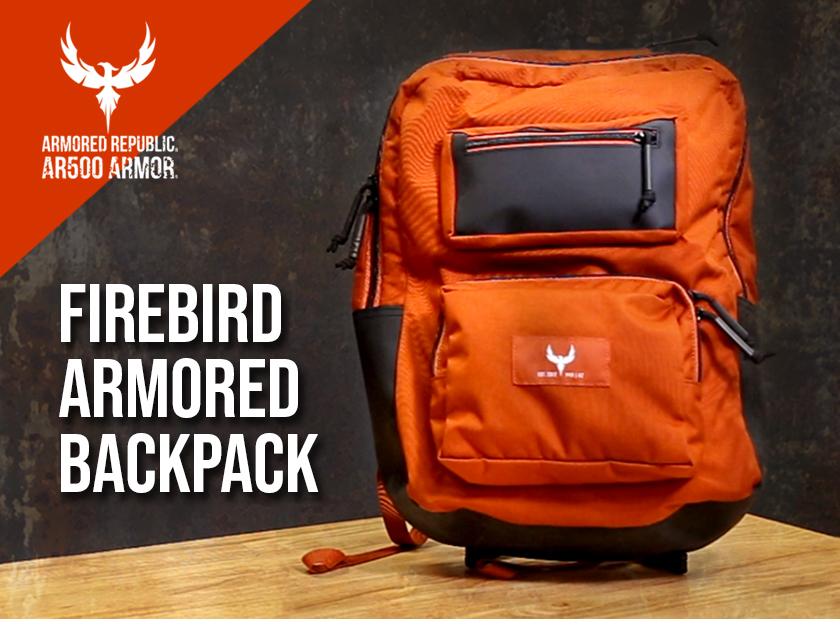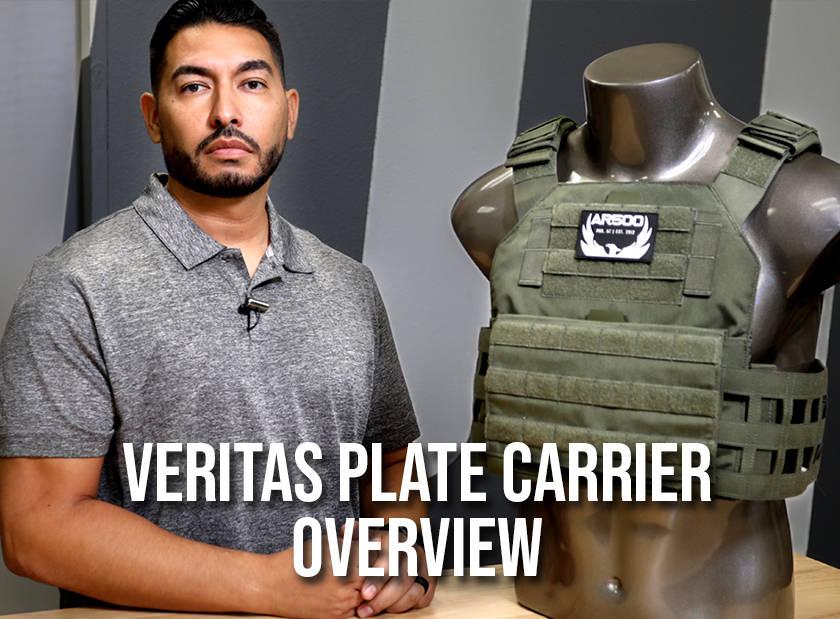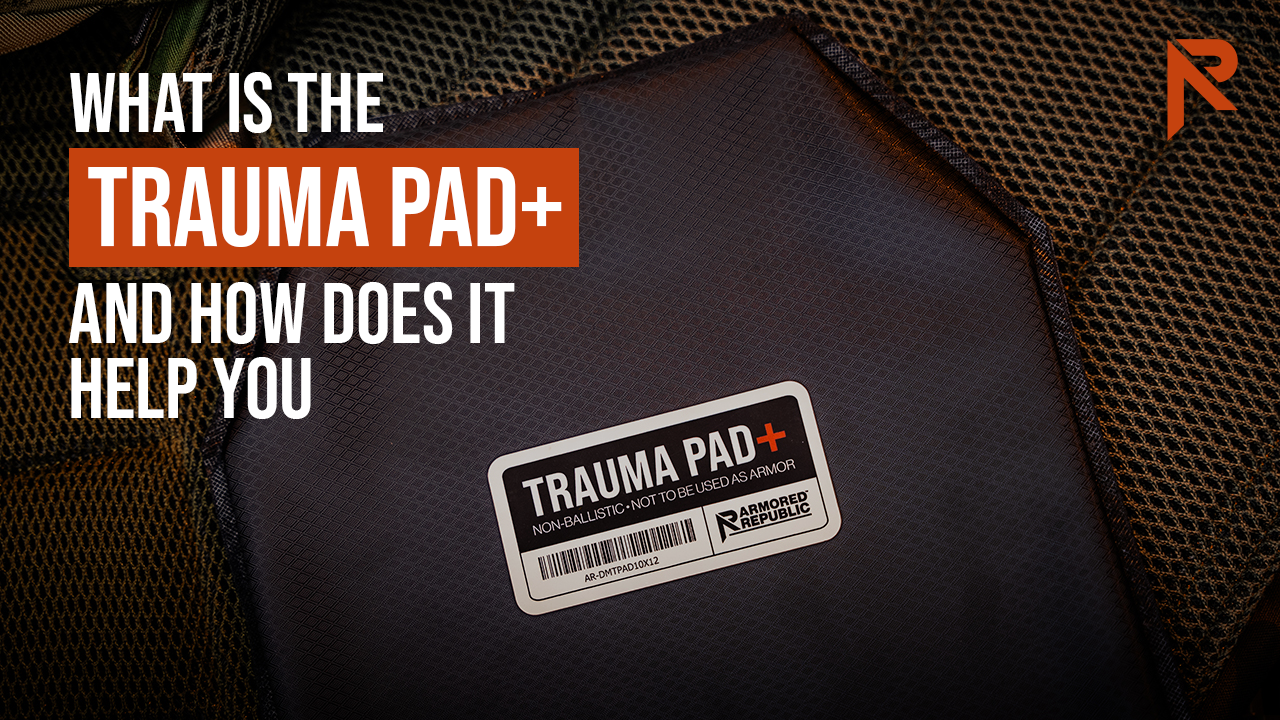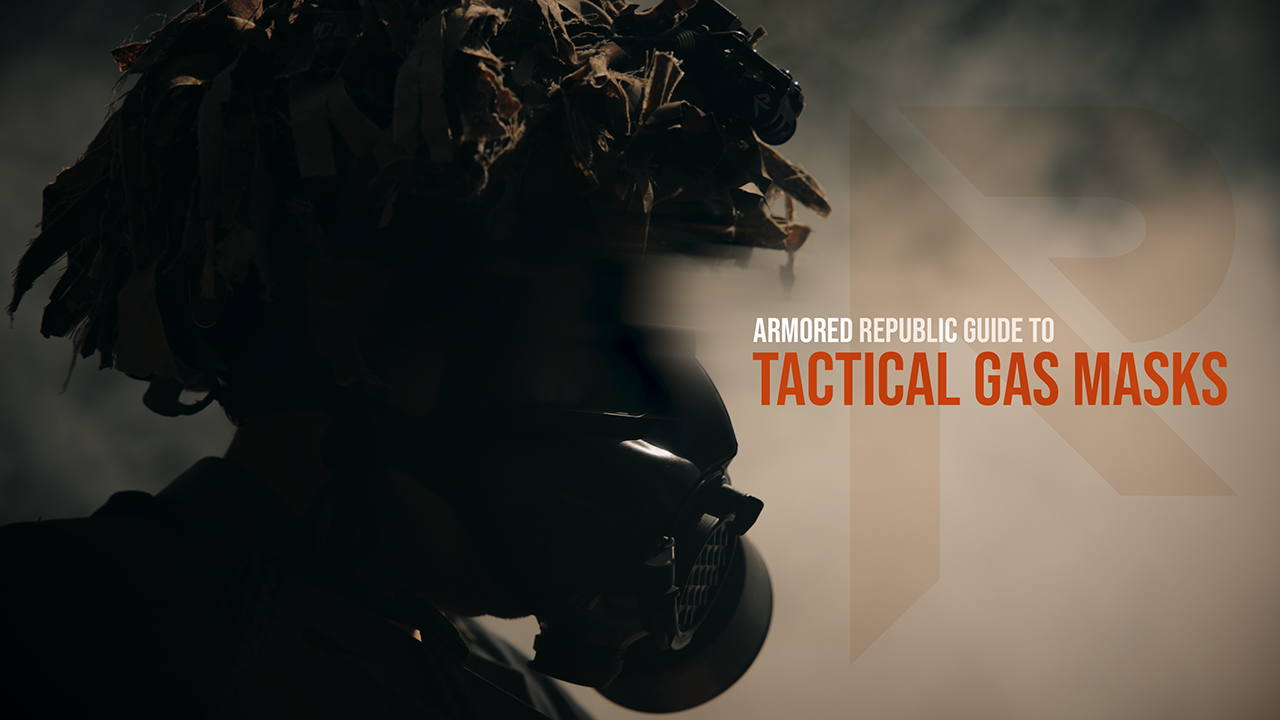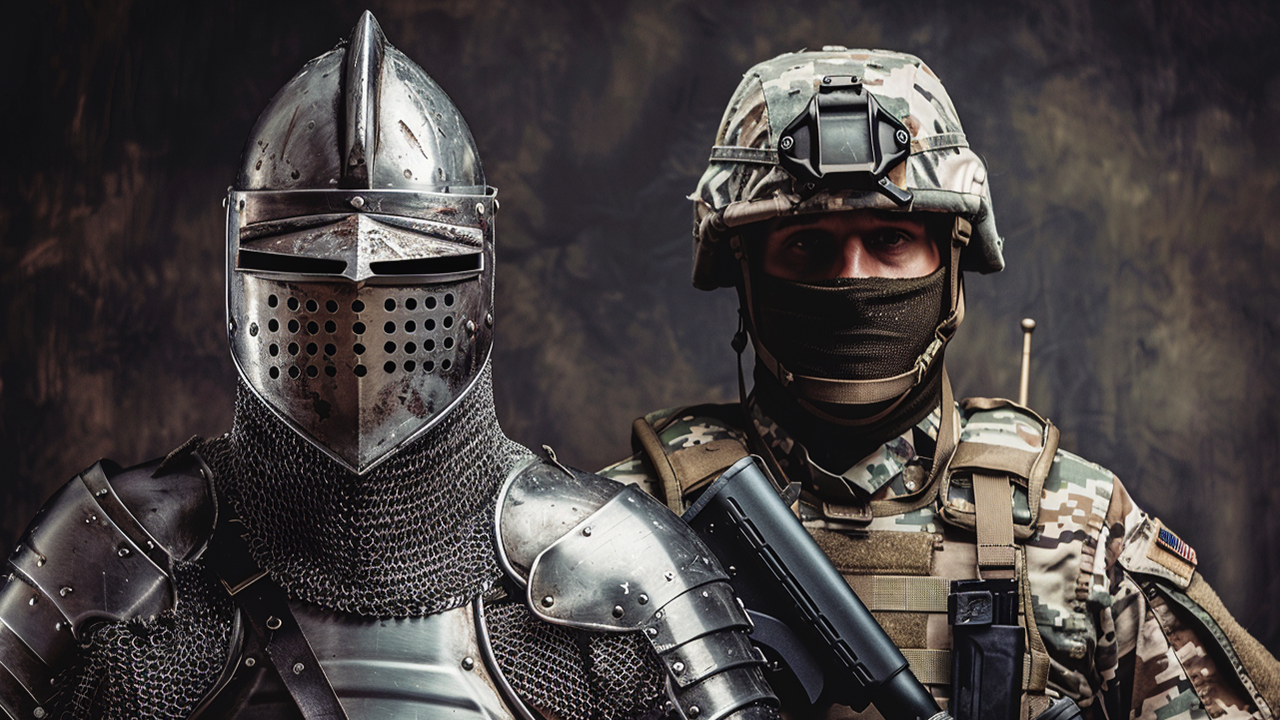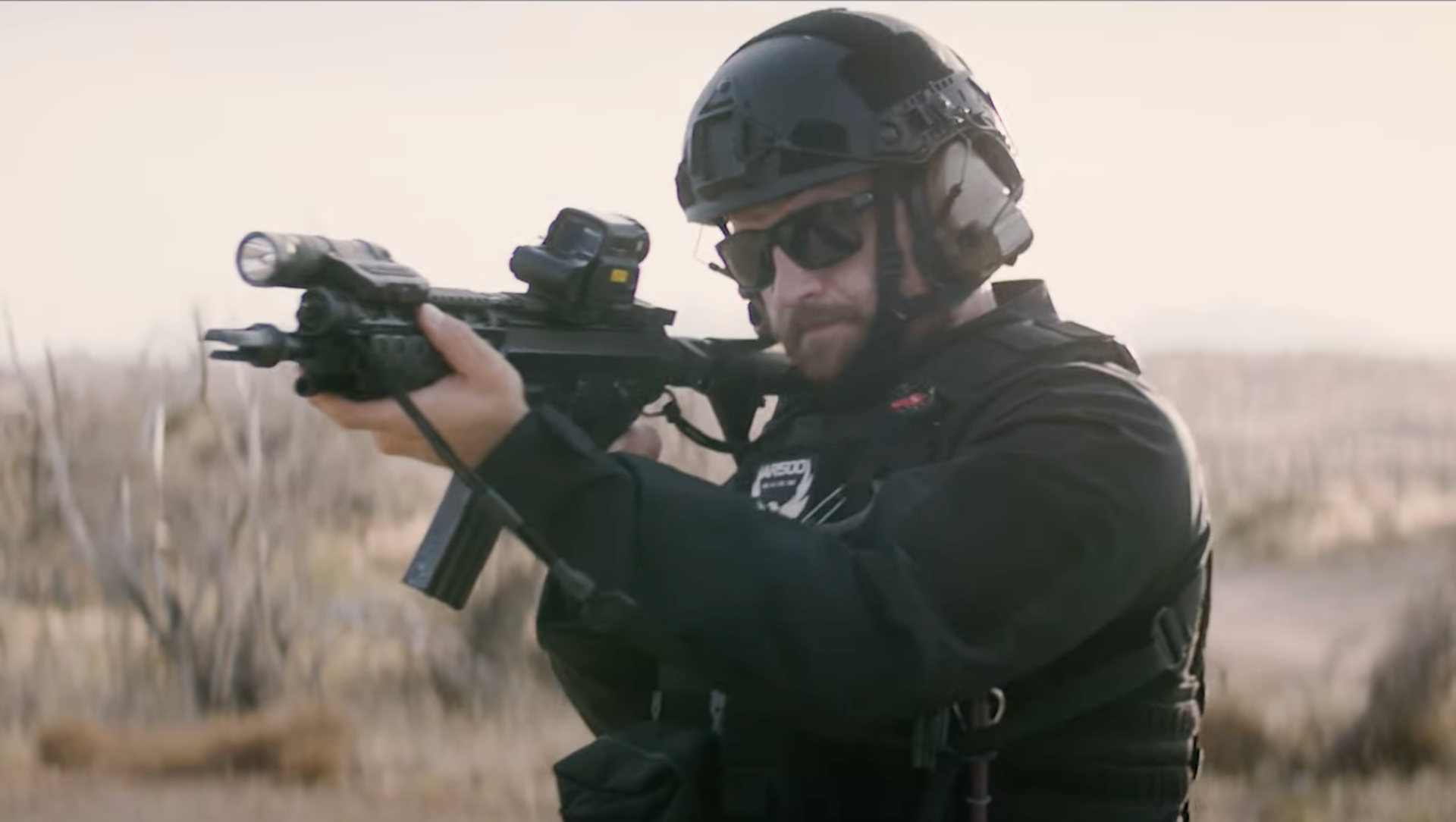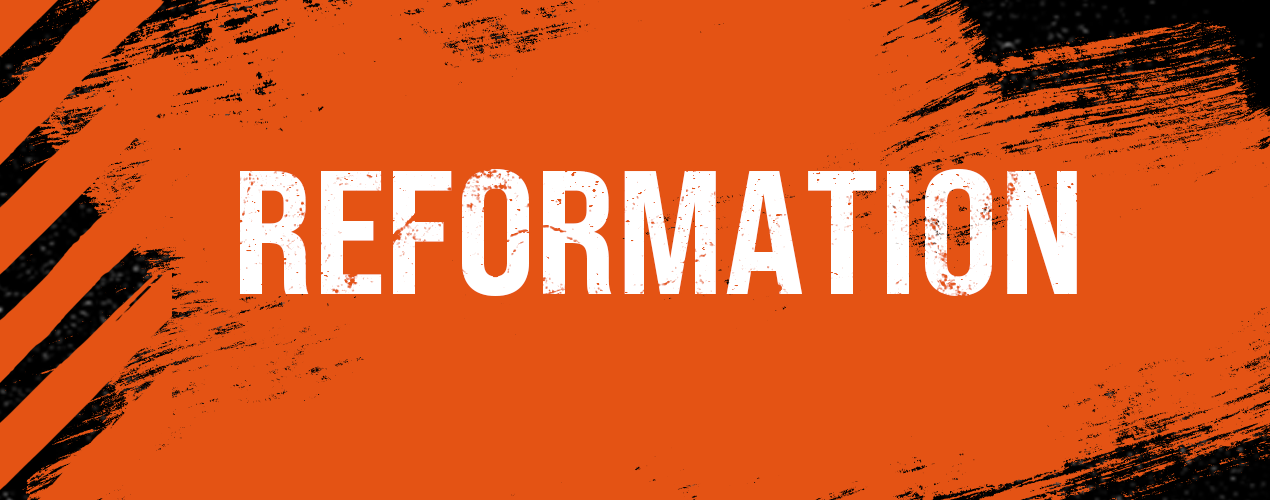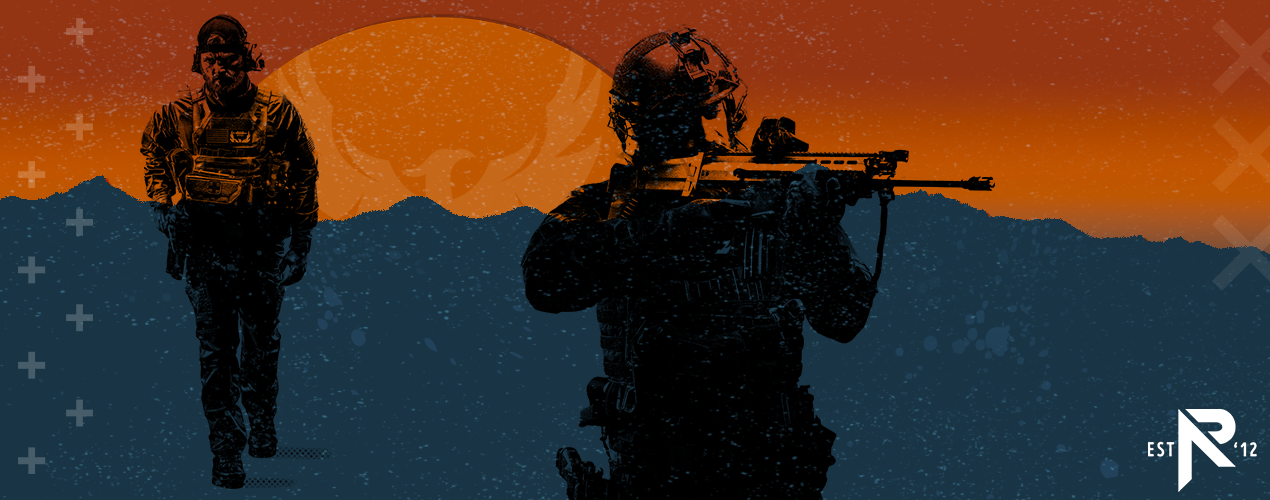Right Tools for the Right Job: Caring for Your Armor
- Sep 7, 2020
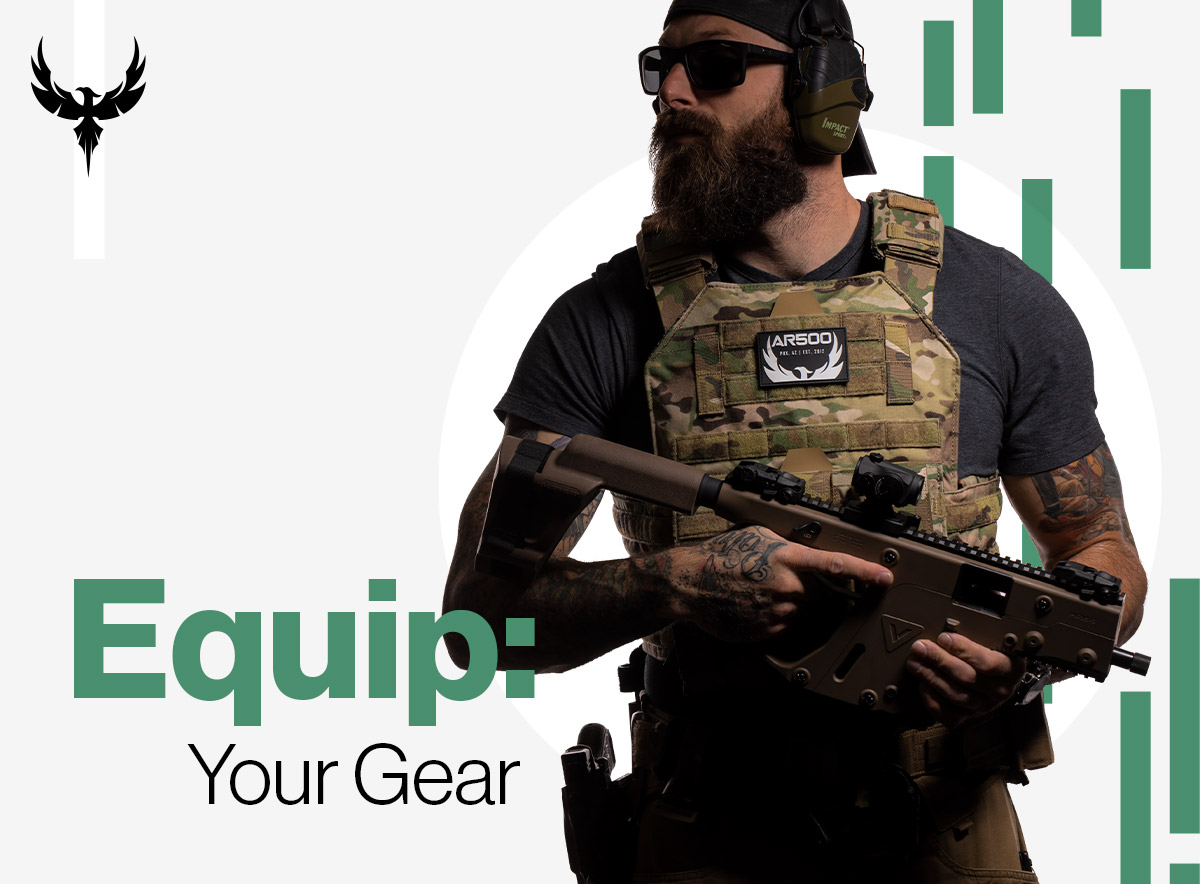
Note: This is the second in a series of articles on preparing yourself via gear, training, and purpose. Today, we cover how to take care of the gear you get.
In our previous article, we discussed the factors that go into which, or whether, to purchase body armor. After you’ve decided to purchase armor, it is important to understand how body armor works, how to size it, and learn how to take care of it so that you can maximize its capabilities and the value of your investment.
For armor to offer you the most protection, it needs to be worn correctly. And to wear it correctly, you need to understand how it’s designed to work.
How does body armor work?
Body armor consists of soft armor panels (as in “bulletproof” vests worn by police officers) or hard armor plates (as used by the military and police tactical units). In some cases, a ballistic vest may combine soft and hard armor, which maximizes protection for the wearer at the expense of weight. Body armor uses physics to capture or deflect the bullet.
Even so, no body armor is 100% bulletproof. Just as physics explains how body armor stops a bullet, physics (especially bullet velocity and material) also plays a part in how body armor can fail. Body armor is designed to stop projectiles that meet specified bullet weight and velocity tests.
With that in mind, let’s take a look at the general types of body armor and how they work.
Soft body armor
Soft armor panels are composed of flexible layers of high tensile strength materials such as p-aramid (Kevlar, Twaron, or similar) or spun fibers of Ultra-high molecular weight polymers (Spectra Shield, Gold Shield, or similar), or a combination of the two, and are designed to stop handgun rounds. When a bullet hits the ballistic panel, the fibers catch and deform the bullet, while at the same time spreading the bullet’s force across a larger portion of the vest.
Hard body armor
Armor plates are made from armor-grade steel, ceramic composites or Ultra-High Molecular Weight Polyethylene (UHMWPE). Armor plates can ‘catch’ the bullet (UHMWPE), fracture and disintegrate to absorb the bullet’s energy (ceramic composites), or cause the bullet to break up before any penetration (steel). These plates are designed to defeat center-fire rifle rounds by acting as an impenetrable barrier to bullets meeting the appropriate protection level.
Sizing armor plates
A lot of people’s experience with “bulletproof vests” comes from watching television and movies. Other people may have seen the outline of a law enforcement officer’s concealed vest, or an officer’s outer vest designed to look like a uniform shirt. Soft armor covers from the top of the sternum to the belly button (with similar coverage on the back), and usually has “wings” that wrap around the body to protect the sides.
Armor plates offer a much smaller coverage area than most soft armor vests, which make them seem like they are too small when, in fact, they’re probably not. Hard armor is designed to protect your lungs, heart, diaphragm, and major blood vessels like your aorta. Having hard armor with the same coverage as your soft armor vest would be too heavy, inflexible, and have gaps in coverage to allow for some flexibility.
For a longer explanation on measuring yourself to determine your plate size see our recent blog, How to Measure for Armor Sizing. Once you’ve got your armor sized and have selected a plate carrier for it, it’s important to wear it correctly, or it may not offer the protection it’s supposed to.
Caring for your armor
To clean your armor carrier, remove the armor from the carrier. Wash the carrier separately in water and a mild detergent. Let dry completely. Do not put in the dryer.
Cleaning the actual armor is similar. Do not use any solvents or harsh cleaners. Brush dirt off, wipe with a damp cloth. Allow to completely dry before reassembling your equipment. Note: Do not remove the actual armor from its nylon covering.
Soft armor should be stored flat if possible, to alleviate stress on the carrier straps.
Some cautions about your armor
With proper care and handling, your armor can give you years of use unless it actually gets shot...then you must to replace it. Armor and tactical gear are tough but they’re not indestructible. Each type of ballistic material has its weak point.
Ceramic Armor
- Ceramic armor is designed to fracture and break when struck by bullets, dissipating the bullet energy. While not as fragile as your grandmother’s fine china, drops or rough handling of ceramic composite armor can create hairline or larger fractures, reducing its ballistic effectiveness.
- Level IV ceramic armor is tested against only one round of .30-06 M2AP armor-piercing ammunition. Unlike soft armor, rifle armor is not ‘cumulative’ under the current NIJ 0101.06 standard. It is not rated for Level III protection unless specifically tested for it. Steel and UHMWPE plates are multi-hit rated as a part of the testing process.
Ultra High Molecular Weight Polyethylene
- it won’t stop armor piercing or semi-armor piercing ammo, such as 5.56mm M855/SS109 ammunition.
- The second is that UHMWPE armor of any kind (plates or soft armor panels) can denature and delaminate if the material reaches higher than 150-168ºF (65.5ºC-71.1ºC). So don’t leave your armor in your vehicle trunk during the summer month, esp if you live someplace like Phoenix, AZ.
- At about 1” thick, UHMWPE plates are at least twice as thick as comparable steel and ceramic plates.
Steel
- Left exposed to the elements, steel can rust.
- Steel works by causing the bullet to shatter/disintegrate on impact. These fragments need to go somewhere. AR500 Armor coats our plates with FragLock™, a proprietary polyurea formula designed to help mitigate bullet fragmentation and protect the plates against the environment, including rust (see point #1).
- They are heavier than ceramic plates, and significantly heavier than UHMWPE plates.
Soft Armor
- P-Aramid, such as Kevlar, Twaron, and Rimelig can be damaged by UV, bleach, moisture/mold. The first two will damage the material itself, while wet armor can lose about 15% of its effectiveness until it dries out.
- UHMWPE soft armor such as Dyneema has the same cautions as PE plates. They are more susceptible to heat damage than plates since their relative thinness means they can reach the 168ºF critical temperature more easily. PE soft armor has also failed under contact-shot situations, which is why the FBI includes contact shots as part of their testing protocol.
No bodyarmor is 100% bulletproof
It cannot be stated too often that body armor is a trade off between protection, mobility (weight, bulk, etc.), and cost. Figuring out your protection requirements by analyzing the most-likely scenario (situation and threat level) and designing your system around that.
Since no armor is 100% bulletproof against all rounds, there will always be outliers on the bell curve that will defeat your system. Trying to armor up from a “just in case” point of view is likely to get you a system that is too heavy and bulky to want to wear.
And all the armor in the world won’t do you any good if it’s sitting in your closet.
